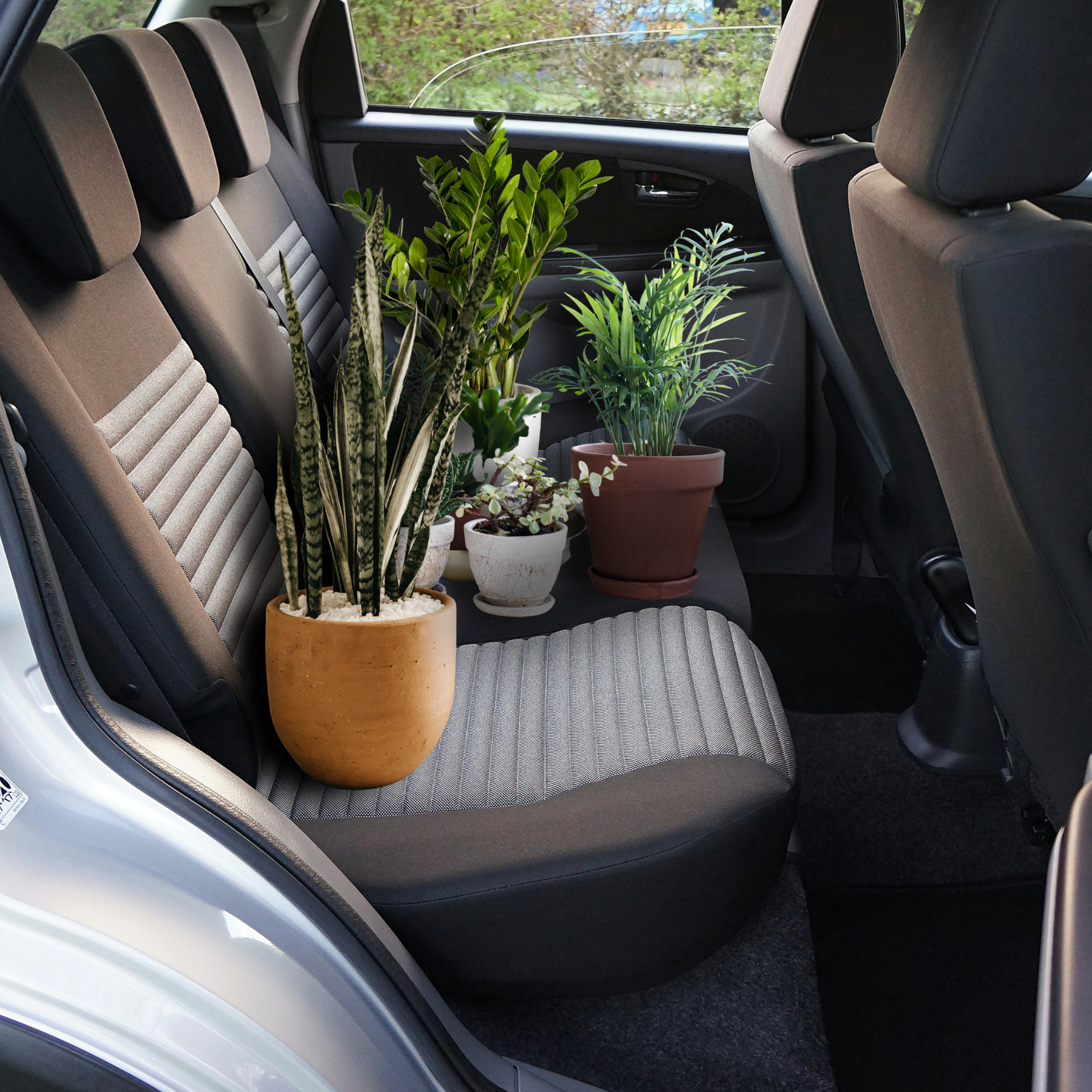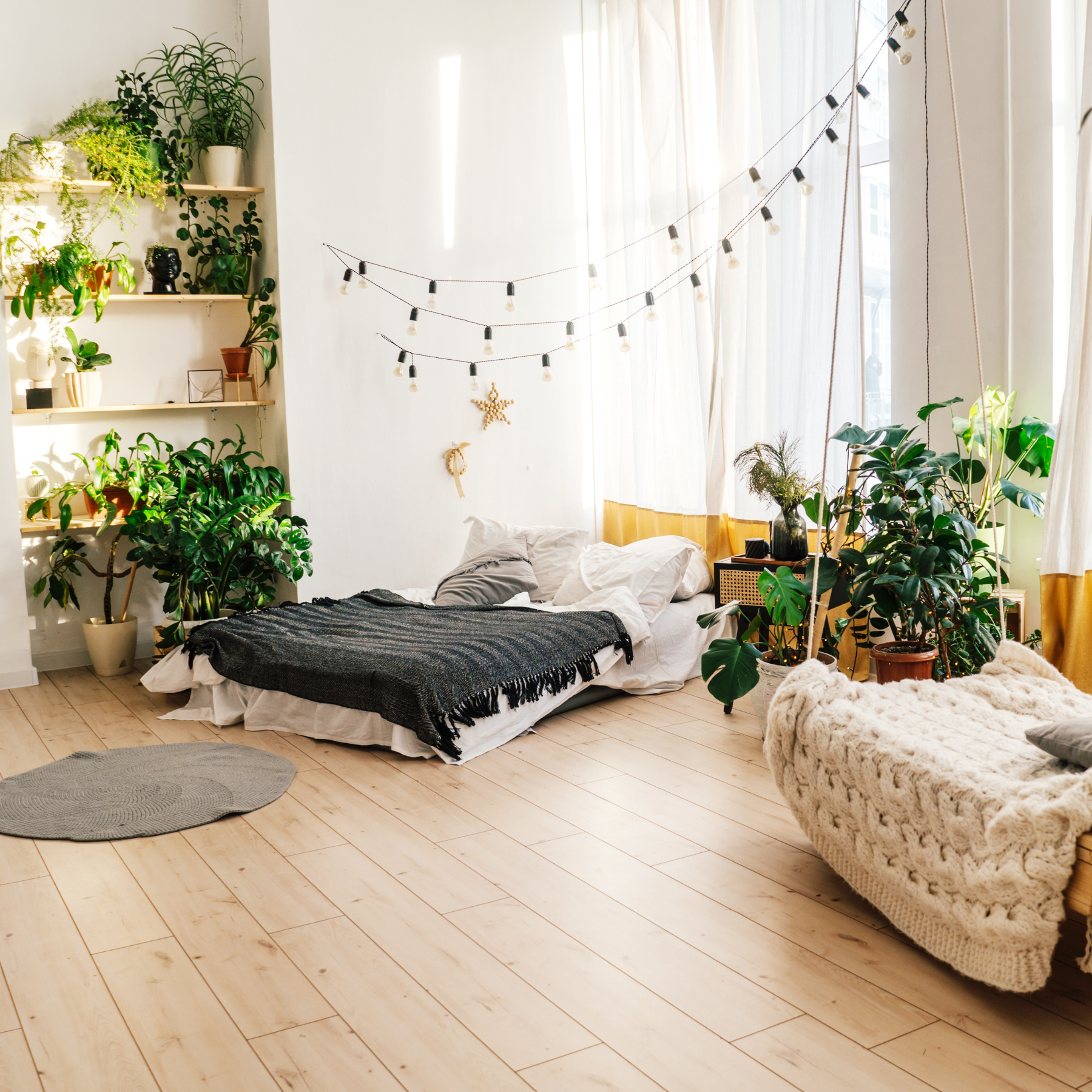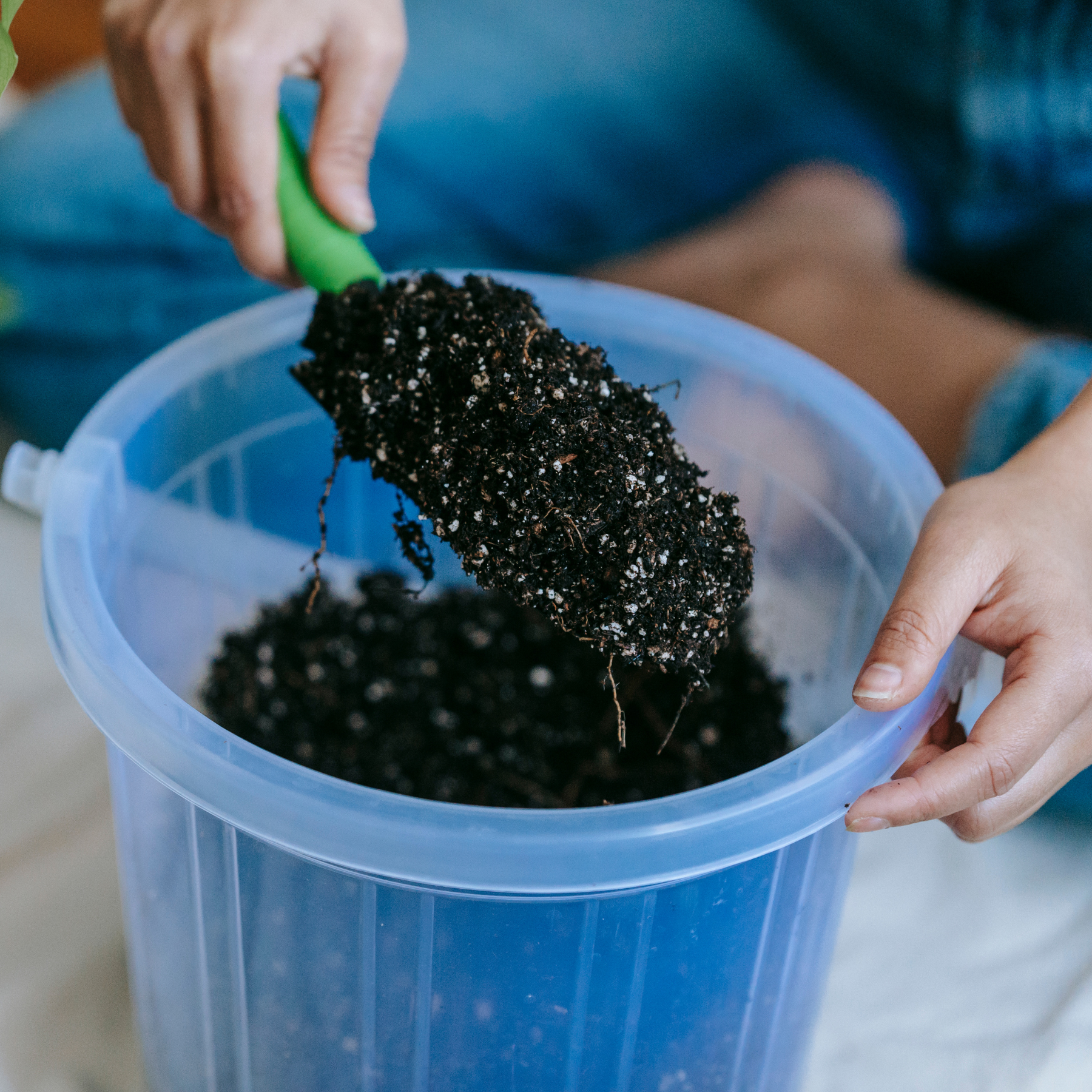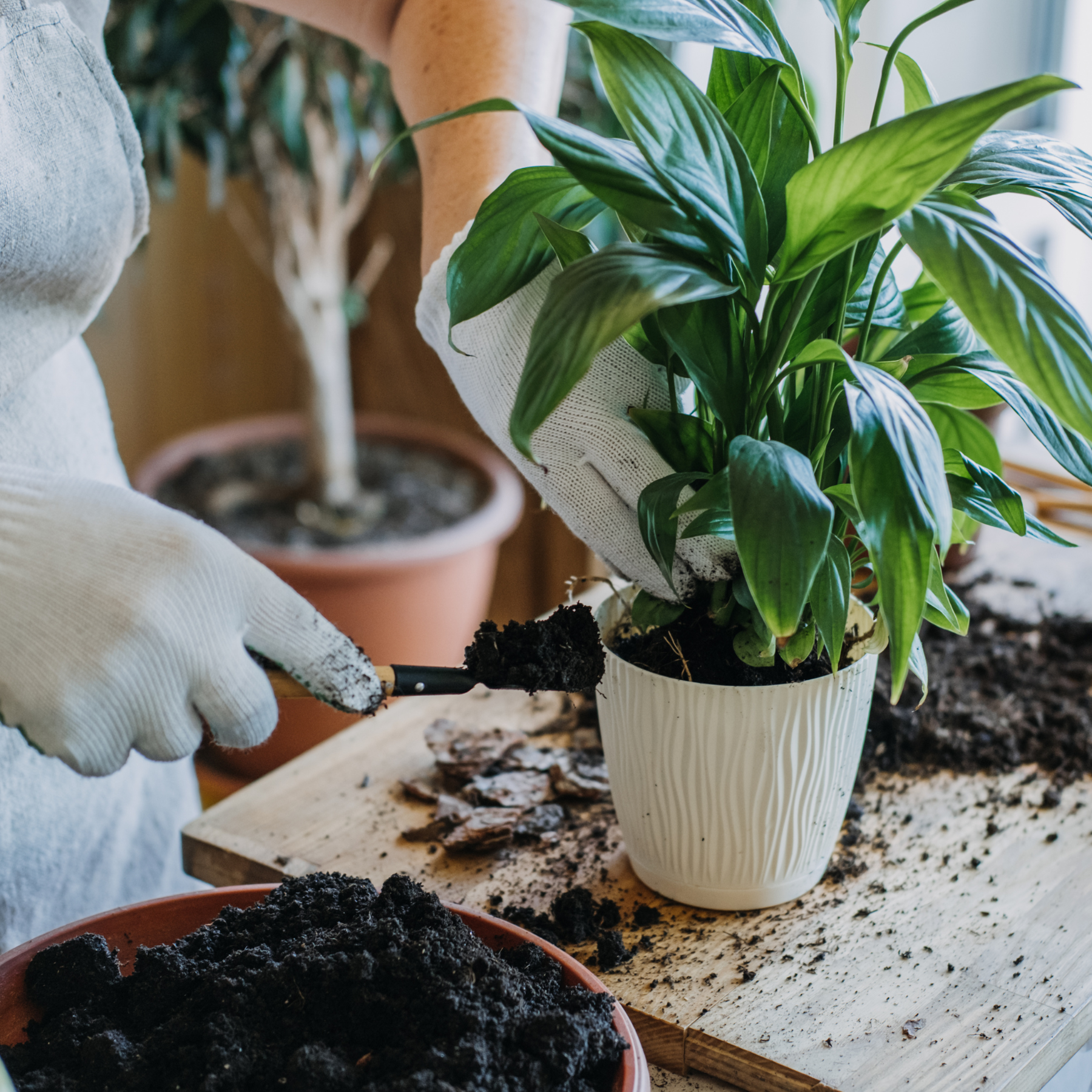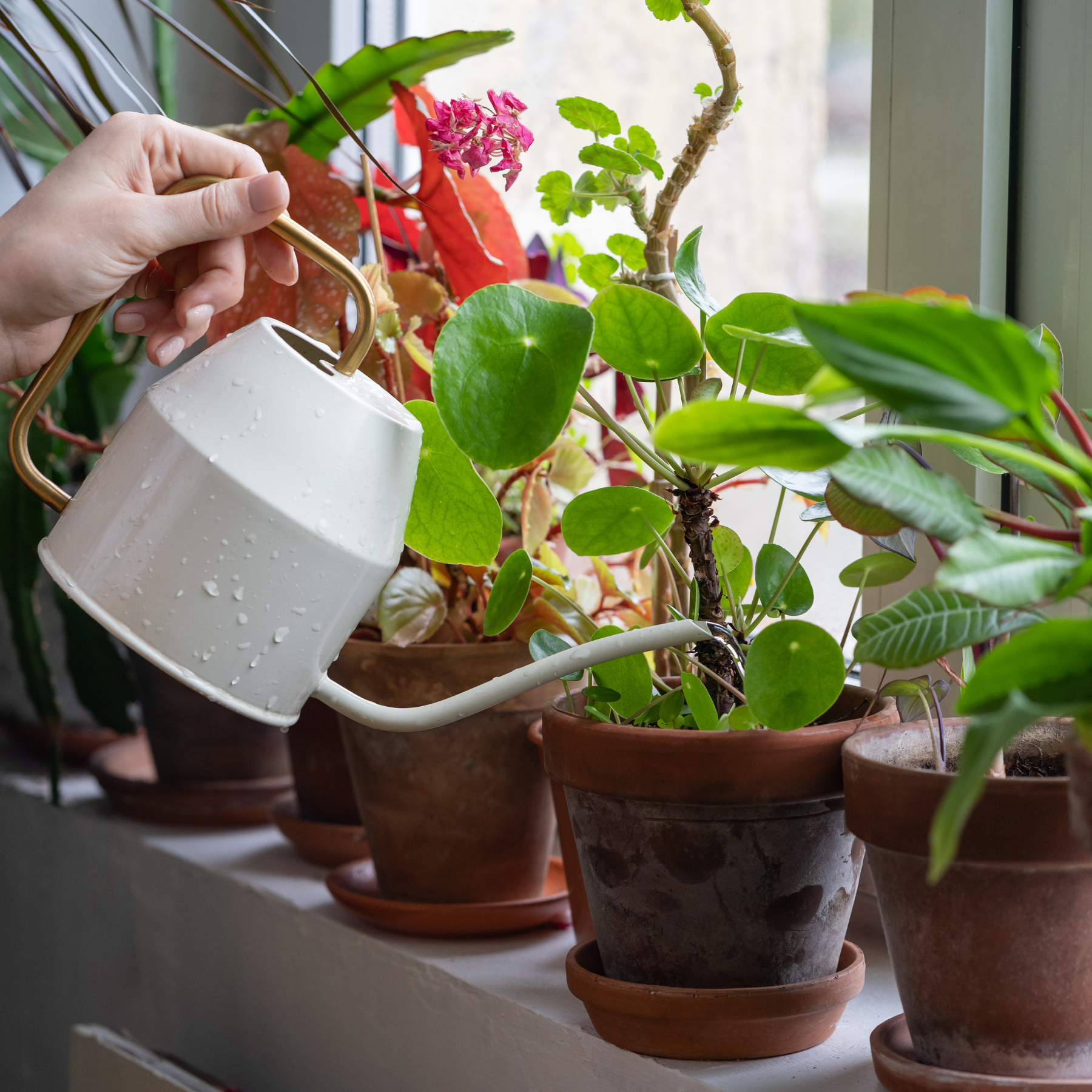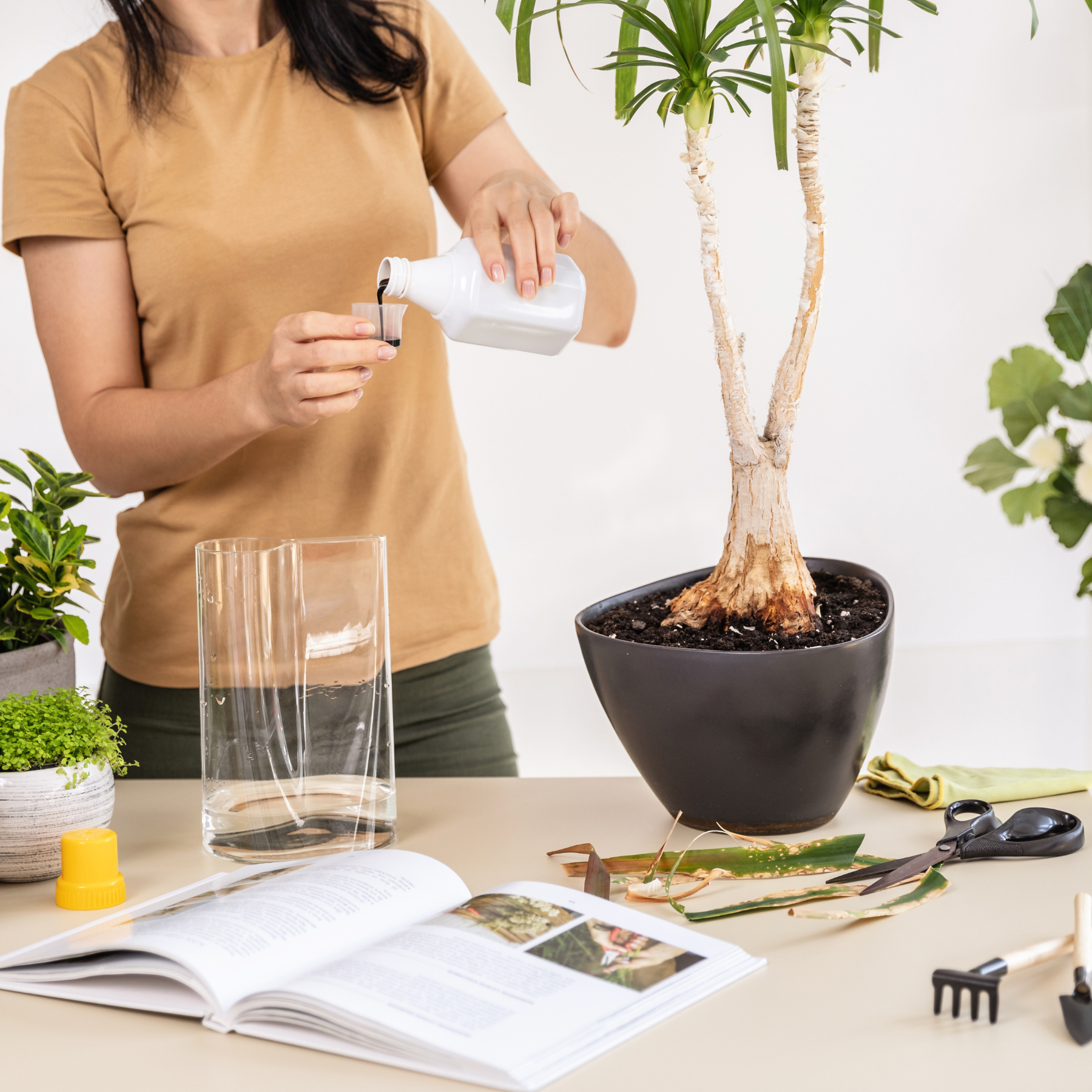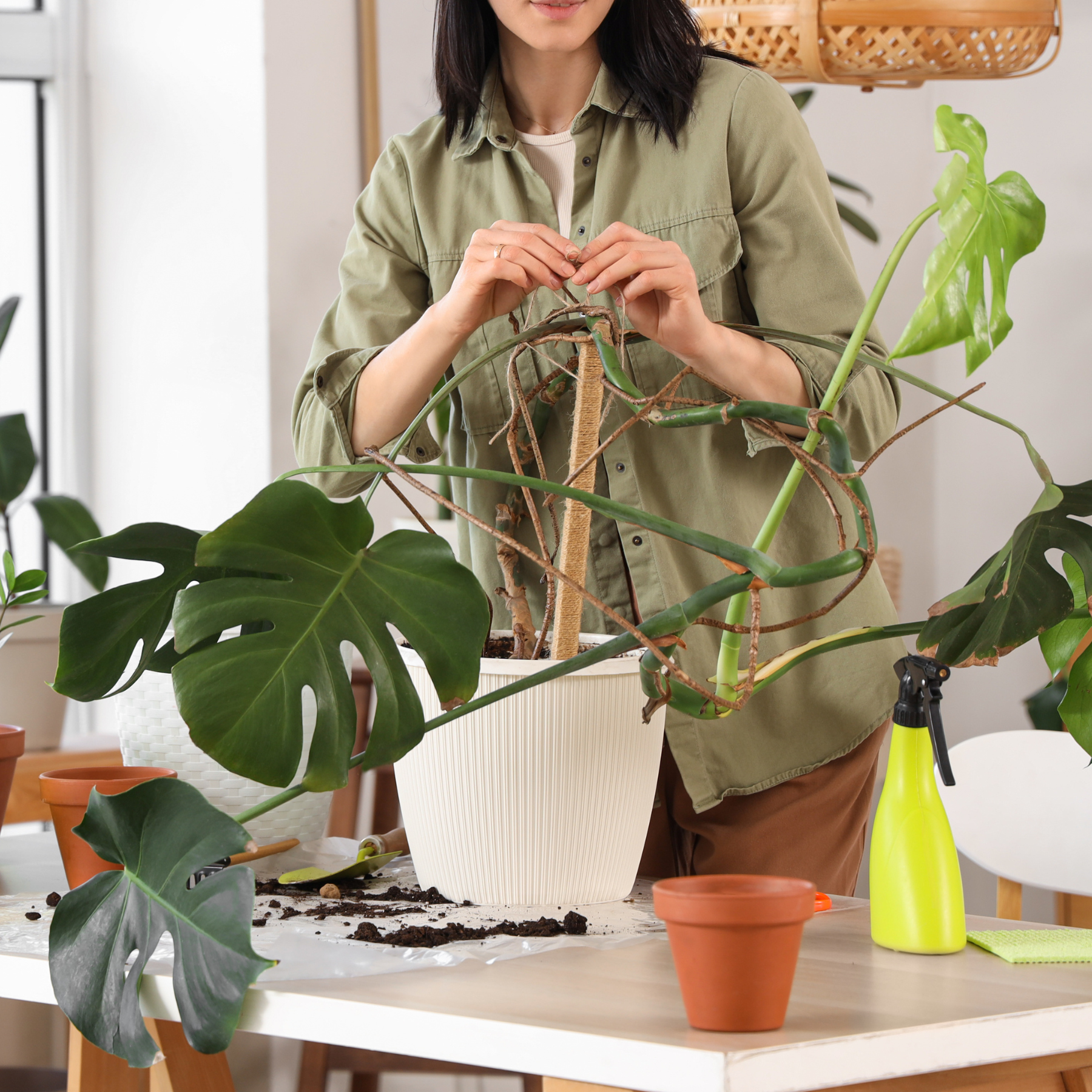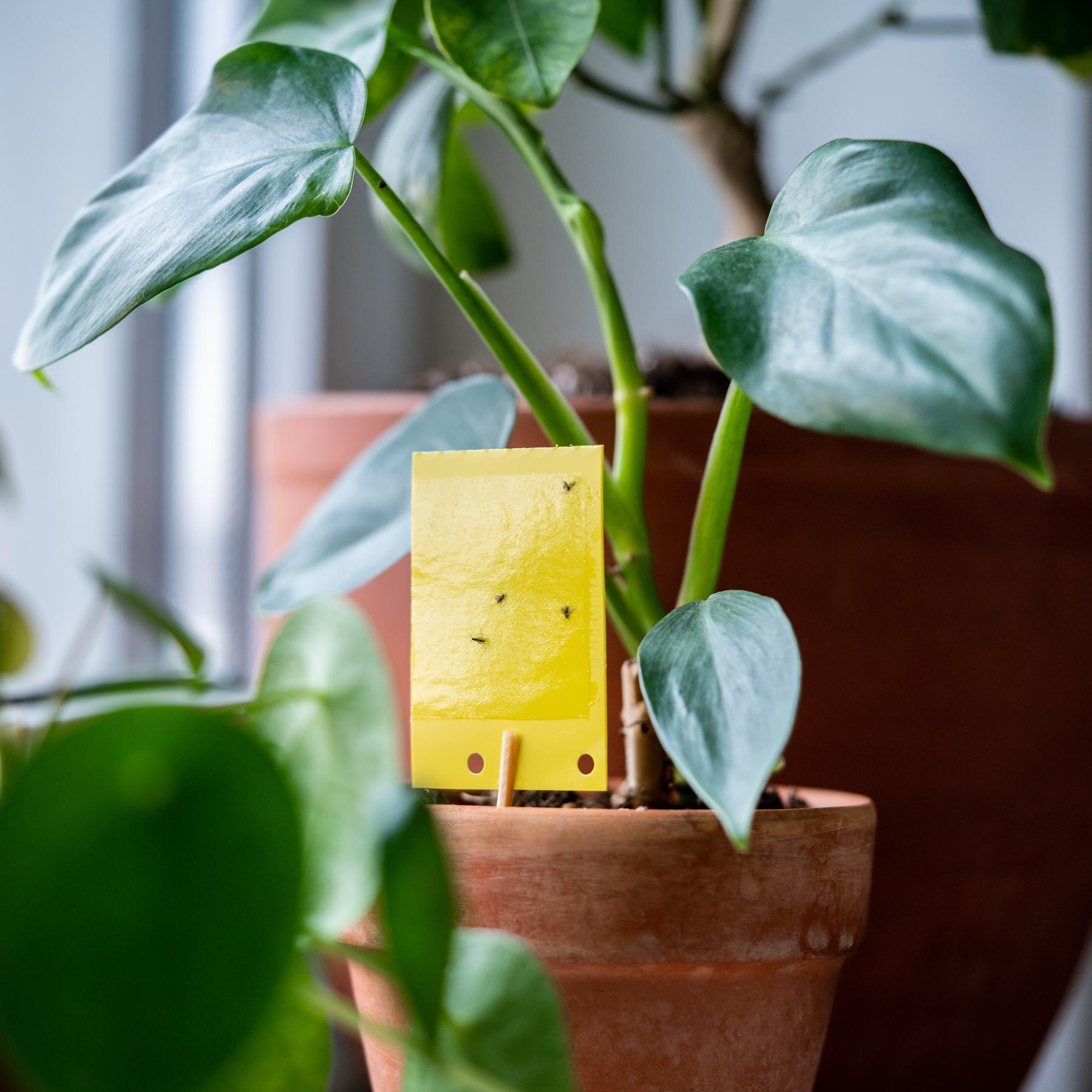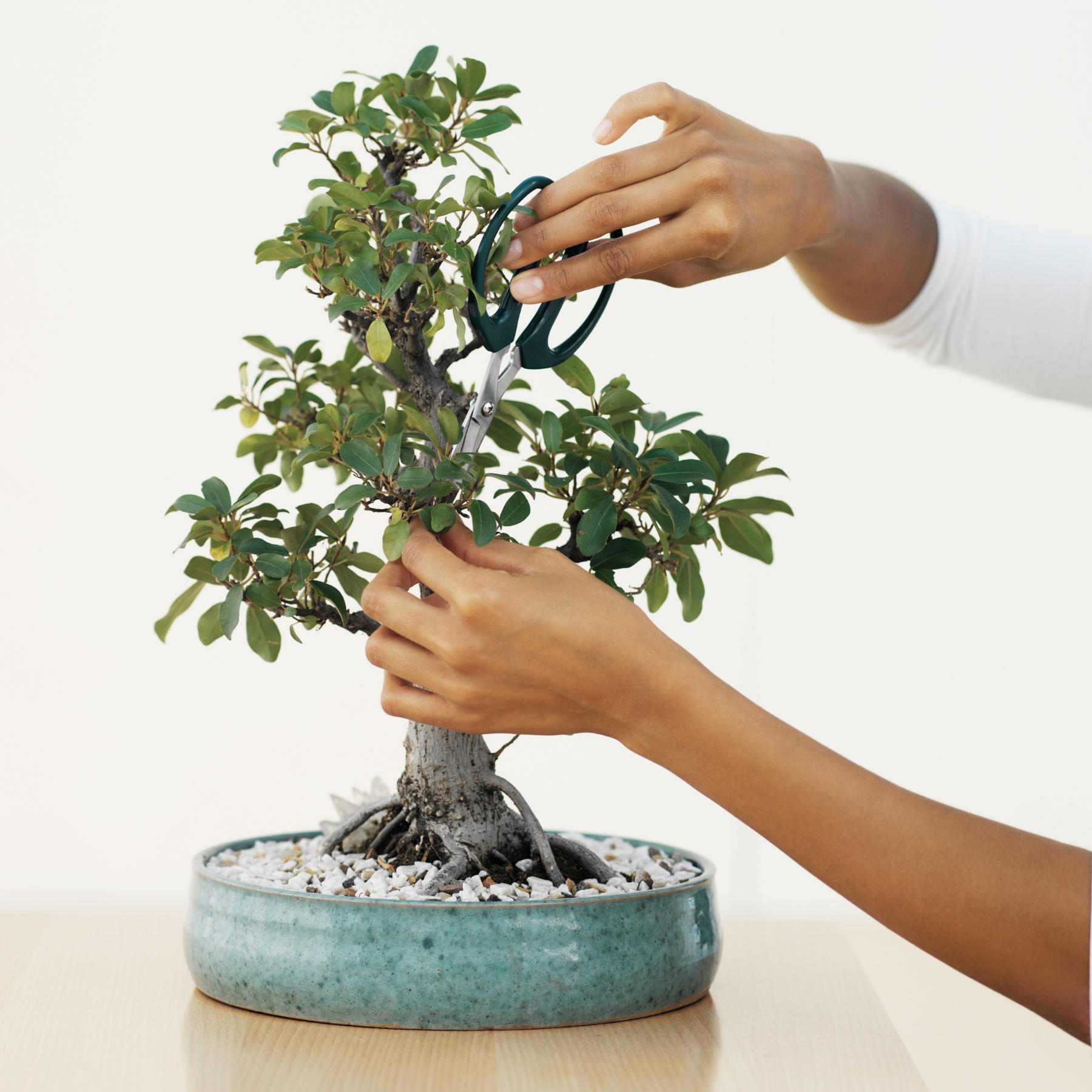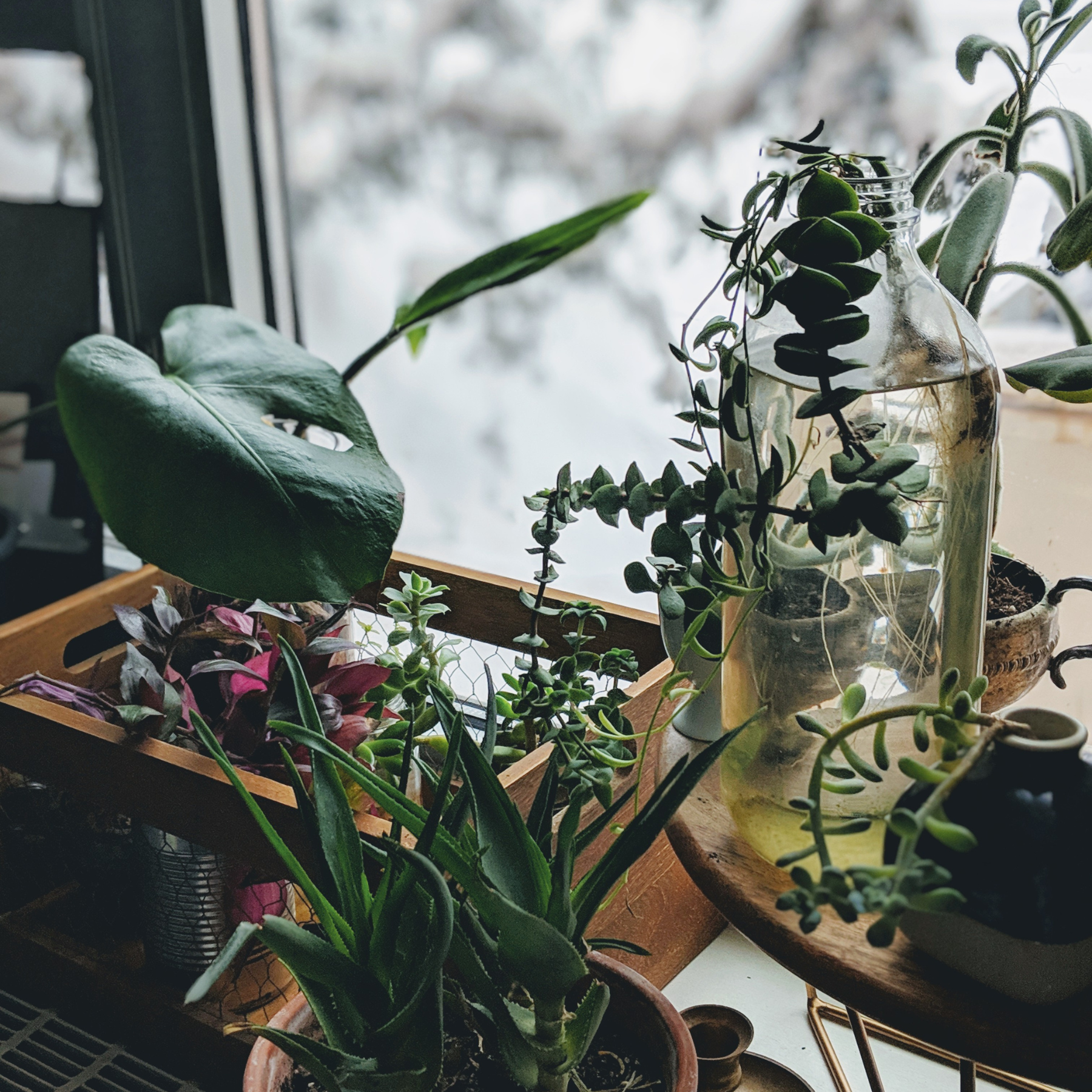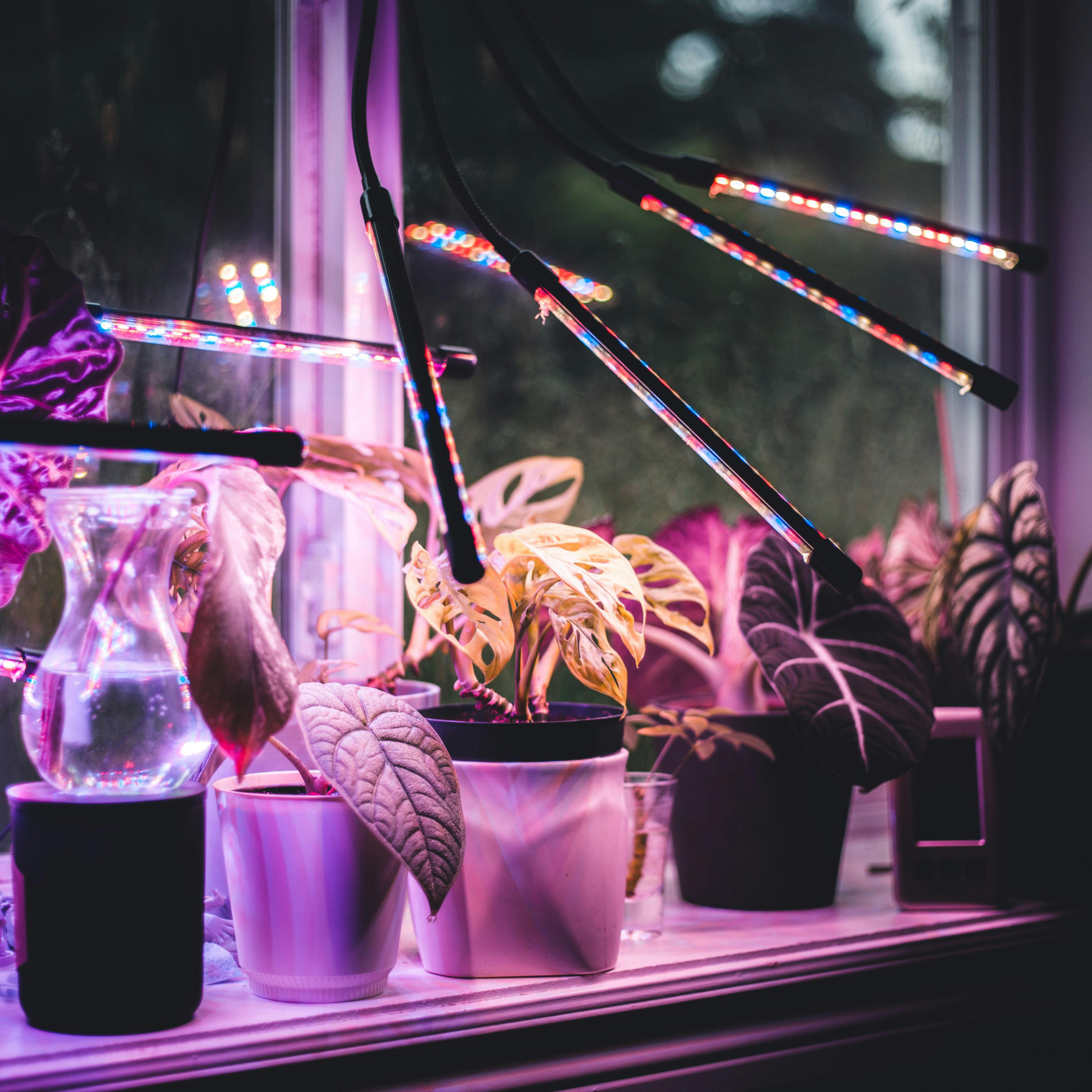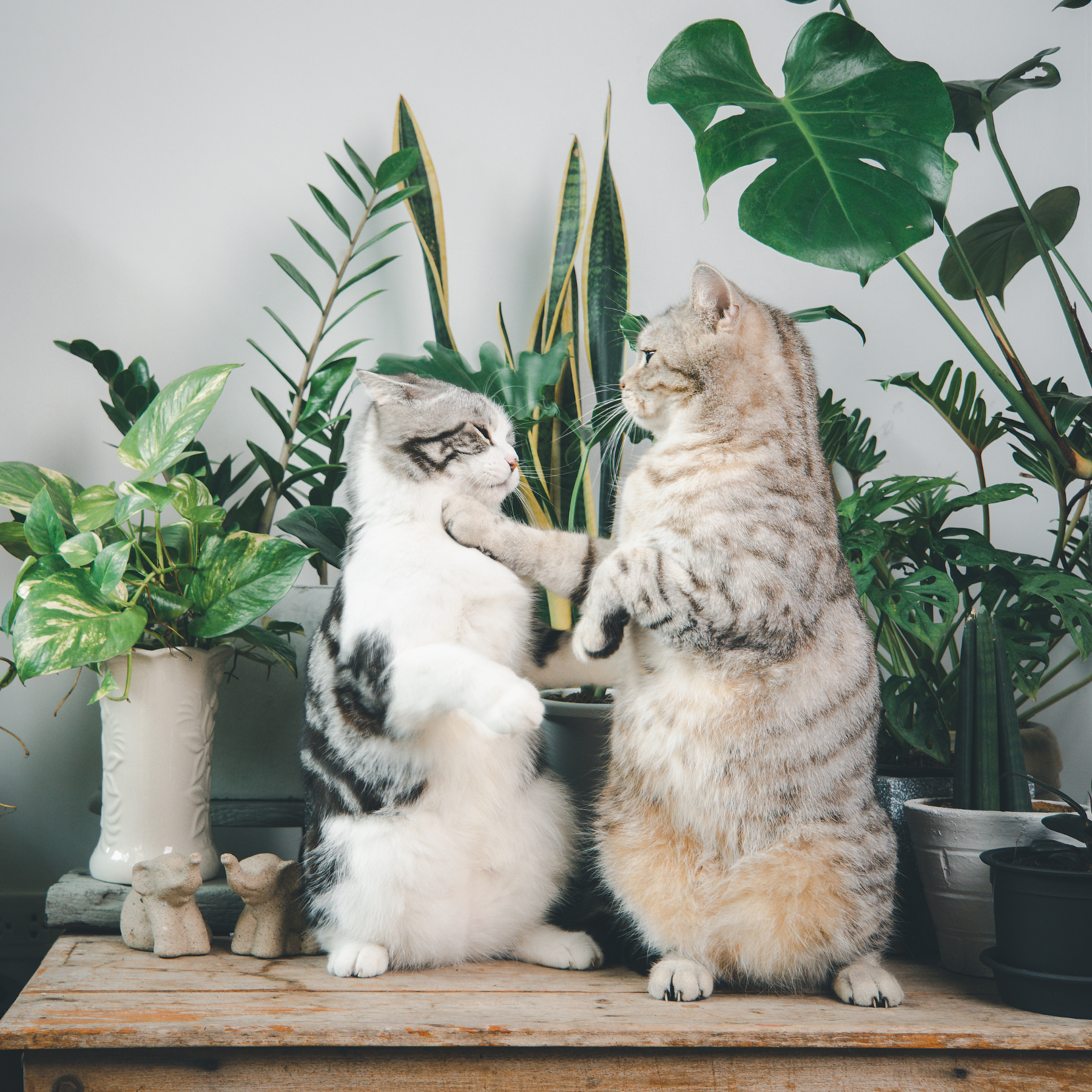Investment-Worthy: Many rare plants are high-value and slow-growing—handle with care and document growth for resale or trade.
Propagation Potential: Many rare plants can be propagated from stem or node cuttings. Use clean tools and rooting in sphagnum or water.
Pet Safety: Research toxicity—many collector plants (like philodendrons, alocasias, or anthuriums) are not pet-safe.
Community & Support: Join plant forums or collector groups online for care tips, troubleshooting, and sharing rare plant success stories.
